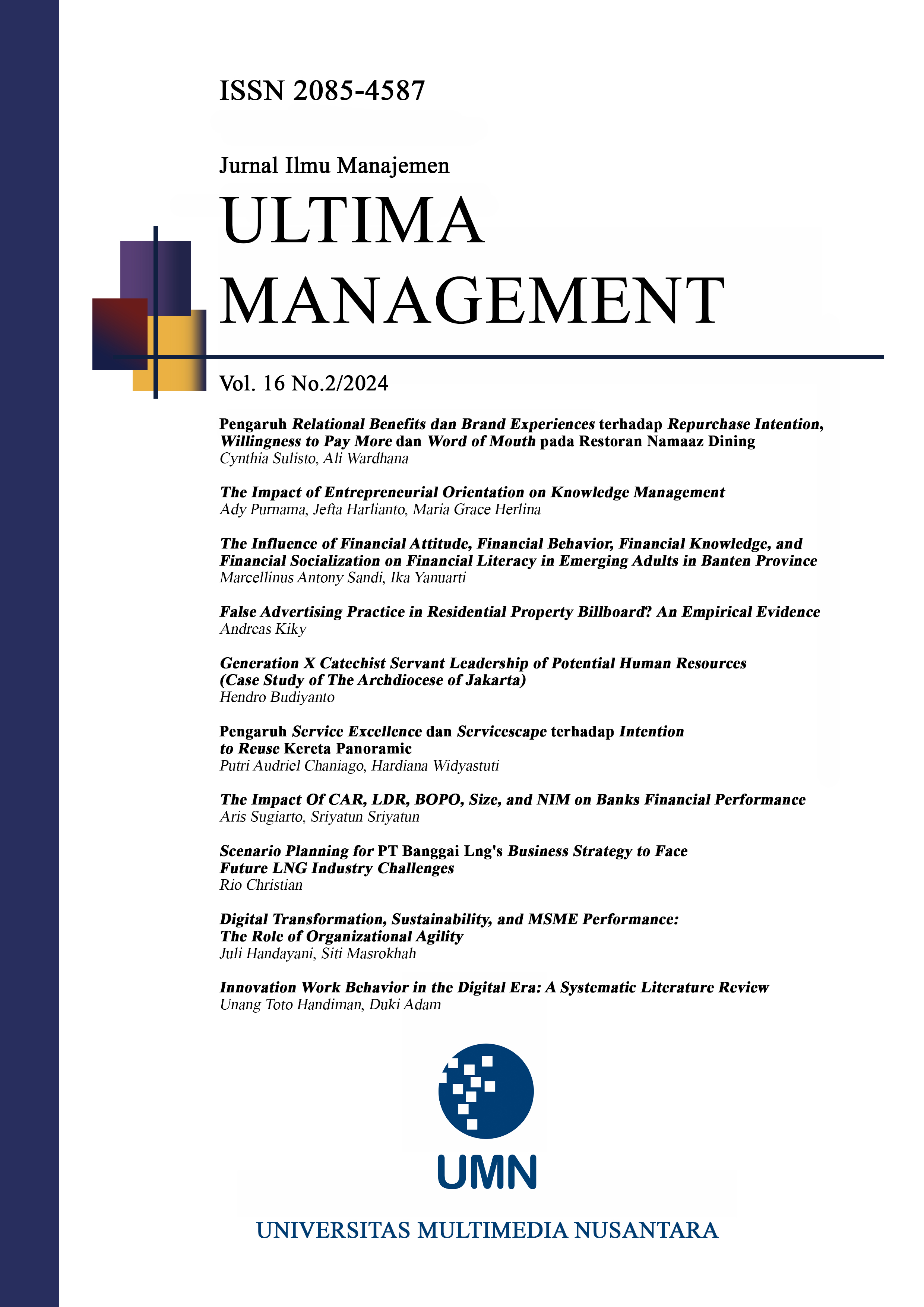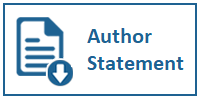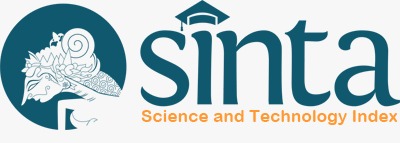SCENARIO PLANNING FOR PT BANGGAI LNG'S BUSINESS STRATEGY TO FACE FUTURE LNG INDUSTRY CHALLENGES
DOI:
https://doi.org/10.31937/manajemen.v16i2.3877Abstract
Abstract- The liquefied natural gas (LNG) industry is undergoing significant transformation due to fluctuating global demand, the transition to renewable energy, and evolving regulations. PT Banggai LNG (PT BLNG), a key player in Indonesia, leverages its strategic location and advanced infrastructure to meet domestic and international demand. However, PT BLNG faces market volatility, intense competition, and increasingly complex environmental regulations. This research employs scenario planning to help PT BLNG develop business strategies to address challenges in the LNG industry, utilizing PESTEL analysis, Porter's Five Forces, VRIO framework, and SWOT analysis. These analyses highlight regulatory pressures, competition, limited resources, and regional demand opportunities. Four strategic scenarios were developed: "Stable but Limited Growth,” "Emerging Markets,” "Challenging Markets,” and "Profitable but Constrained Markets.” Proposed strategies include cost optimization, infrastructure development, and market diversification. With early warning signals, a five-year roadmap, and the four strategic scenarios, PT BLNG is expected to adapt to uncertainties, align with global energy trends, and sustain its long-term competitiveness in the LNG industry in Indonesia and the surrounding region.
Keywords: Business Strategy; Liquefied Natural Gas; Scenario Planning
Downloads
Downloads
Published
How to Cite
Issue
Section
License
Authors retain copyright and grant the journal right of first publication with the work simultaneously licensed under a Creative Commons Attribution-ShareAlike International License (CC-BY-SA 4.0) that allows others to share the work with an acknowledgement of the work's authorship and initial publication in this journal.
Authors are able to enter into separate, additional contractual arrangements for the non-exclusive distribution of the journal's published version of the work (e.g., post it to an institutional repository or publish it in a book), with an acknowledgement of its initial publication in this journal.















